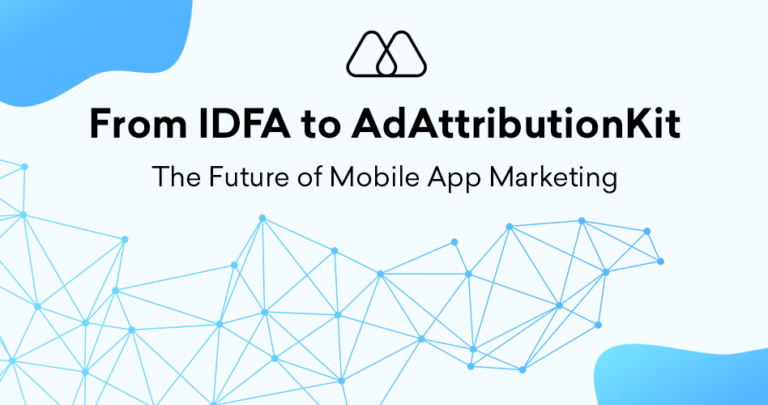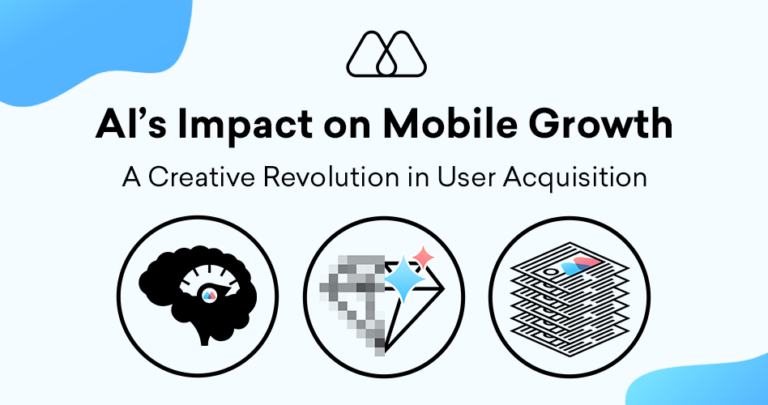In today’s data-driven mobile advertising landscape, accurate attribution – understanding which touchpoints influence a user’s conversion journey – is crucial for campaign optimization and budget allocation. However, a persistent challenge known as biased attribution can distort this understanding and lead to misleading conclusions. This article delves into biased attribution in mobile advertising, exploring its causes, consequences, and potential solutions.
What is Biased Attribution?
Biased attribution occurs when a measurement platform or attribution model unfairly assigns credit for a conversion to a specific touchpoint within a user’s journey. This can happen intentionally due to a conflict of interest, or unintentionally due to limitations in the attribution model.
Here’s a common scenario: Imagine a user sees an ad on Platform A, clicks on it, browses a website, and then clicks on an advertisement from Platform B before ultimately making a purchase. If Platform B utilizes a biased attribution model, it might claim full credit for the conversion, neglecting the initial touchpoint on Platform A.
Causes of Biased Attribution
Several factors can contribute to biased attribution in mobile marketing:
- Self-Attribution Bias: Many advertising platforms act as both the source of ad exposure and the provider of attribution data. This creates a potential conflict of interest, where the platform might be incentivized to attribute conversions to itself over competitors.
- Lookback Window Limitations: Attribution models often rely on a lookback window, a timeframe within which a touchpoint is considered to have influenced a conversion. A short lookback window might fail to capture earlier interactions, potentially giving credit to the last touchpoint seen before the conversion.
- Limited Data Sharing: Fragmented data ecosystems in mobile advertising can limit the information available to attribution models. Incomplete data can lead to inaccurate attribution across different platforms and devices.
- Algorithmic Bias: Machine learning algorithms used in attribution models can develop biases based on training data. For instance, an algorithm trained primarily on data from a specific platform might favor attributing conversions to that platform.
Consequences of Biased Attribution
Biased attribution can have significant negative consequences for mobile advertisers:
- Misallocation of Budget: Misattribution can lead to over-investing in channels that appear to be performing well due to biased credit while neglecting truly effective channels.
- Campaign Optimization Challenges: Incorrect attribution data makes it difficult to understand which campaign elements drive conversions, hindering effective campaign optimization efforts.
- Misleading Reporting and Analytics: Biased attribution can distort reports and analytics, leading to inaccurate conclusions about campaign performance and overall marketing effectiveness.
- Unfair Advantage for Certain Platforms: Platforms that benefit from biased attribution models gain an unfair advantage in the market, potentially attracting more budget allocation at the expense of competitors.
Strategies to Mitigate Biased Attribution
While eliminating all biased attribution might be unrealistic, several strategies can help mitigate its impact:
- Utilize Third-Party Attribution Providers: Independent attribution providers with no conflict of interest can offer a more impartial view of campaign performance.
- Leverage Multi-Touch Attribution Models: These models consider all touchpoints within a user’s journey, providing a more holistic view of conversion attribution.
- Extend Lookback Window Length: A longer lookback window allows attribution models to capture a wider range of user interactions, potentially reducing bias towards the last touchpoint.
- Invest in Data Cleanliness and Integration: Ensuring data accuracy and facilitating data sharing across platforms can improve the quality of data used for attribution.
- Scrutinize Attribution Reports: Be critical of attribution data, consider the potential for bias, and investigate anomalies or unexpected trends.
5 Key Takeaways from Biased Attribution
- Understand the Issue: Biased attribution distorts mobile advertising measurement, leading to budget misallocation and inaccurate campaign optimization.
- Identify the Causes: Self-attribution by platforms, limited lookback windows, data fragmentation, and algorithmic biases contribute to biased attribution.
- Recognize the Consequences: Misallocation of budget, campaign optimization challenges, misleading reporting, and an unfair advantage for certain platforms are some negative consequences.
- Employ Mitigation Strategies: Utilize third-party attribution providers, leverage multi-touch models, extend lookback windows, and invest in data hygiene.
- Maintain Vigilance: Scrutinize attribution reports to identify potential bias and maintain a critical eye on campaign data.
By understanding biased attribution and its impact, mobile advertisers can take proactive steps to mitigate its effects and ensure accurate measurement of their campaigns. This, in turn, allows for data-driven decision-making, leading to effective campaign optimization, and ultimately maximizing ROI.




